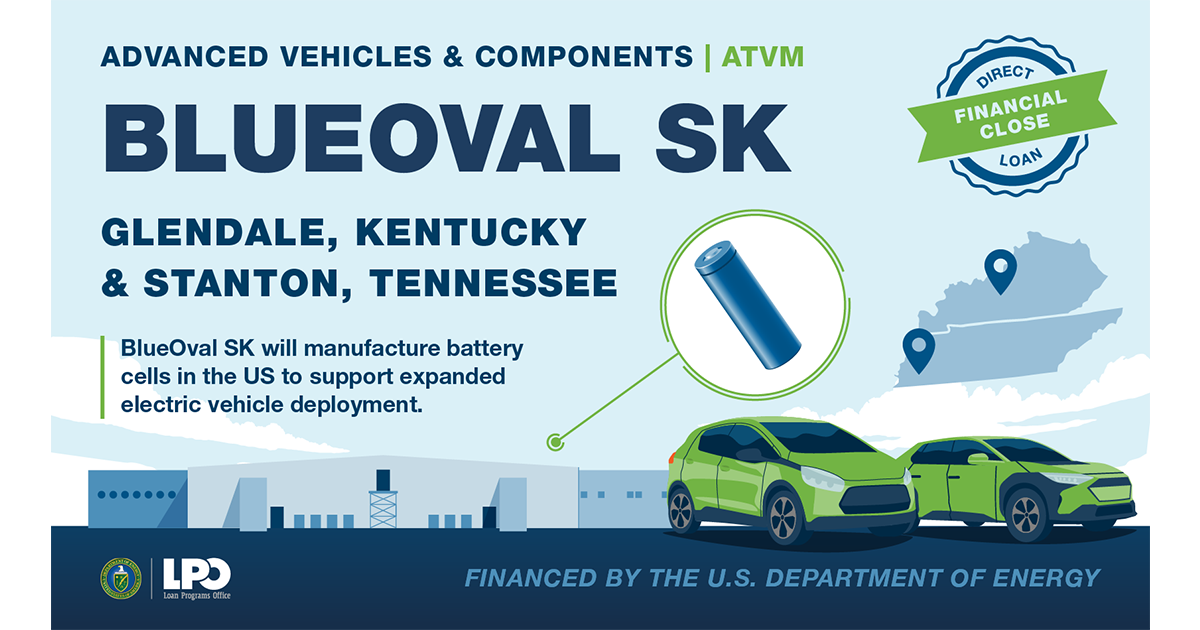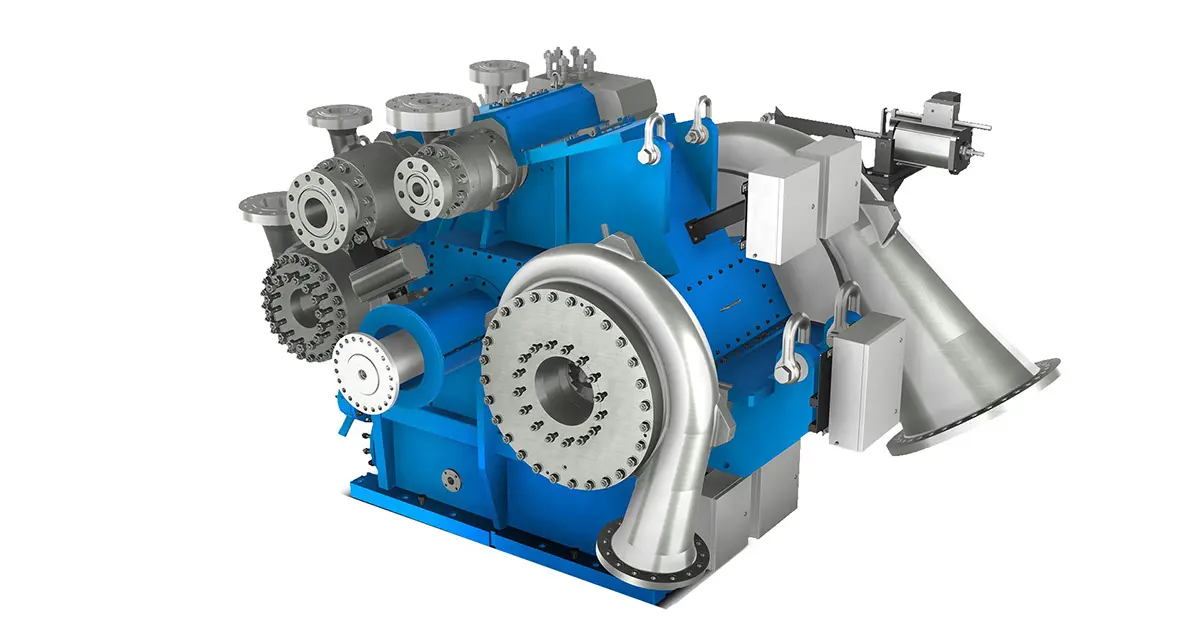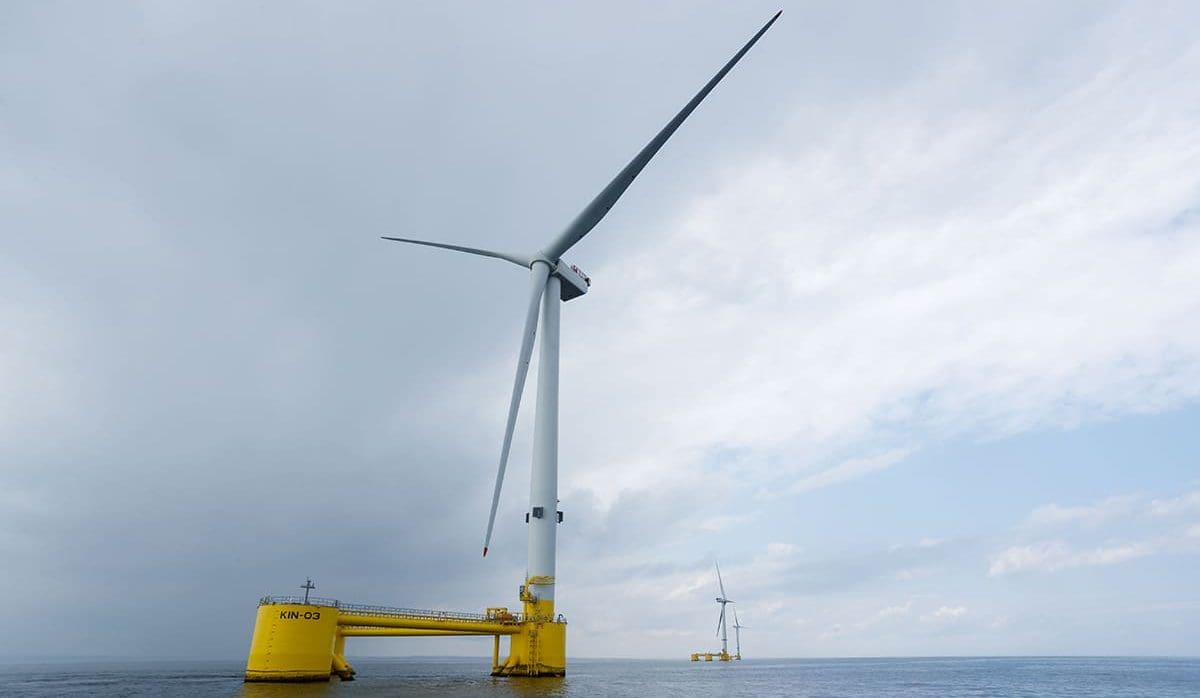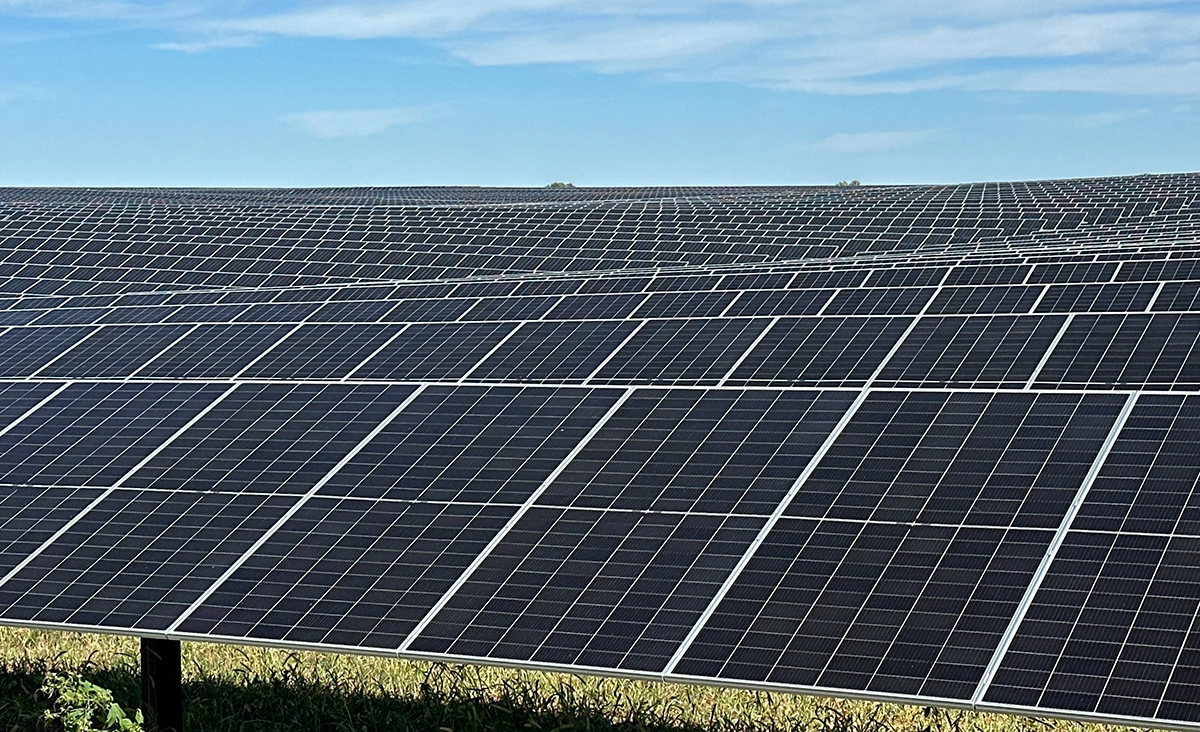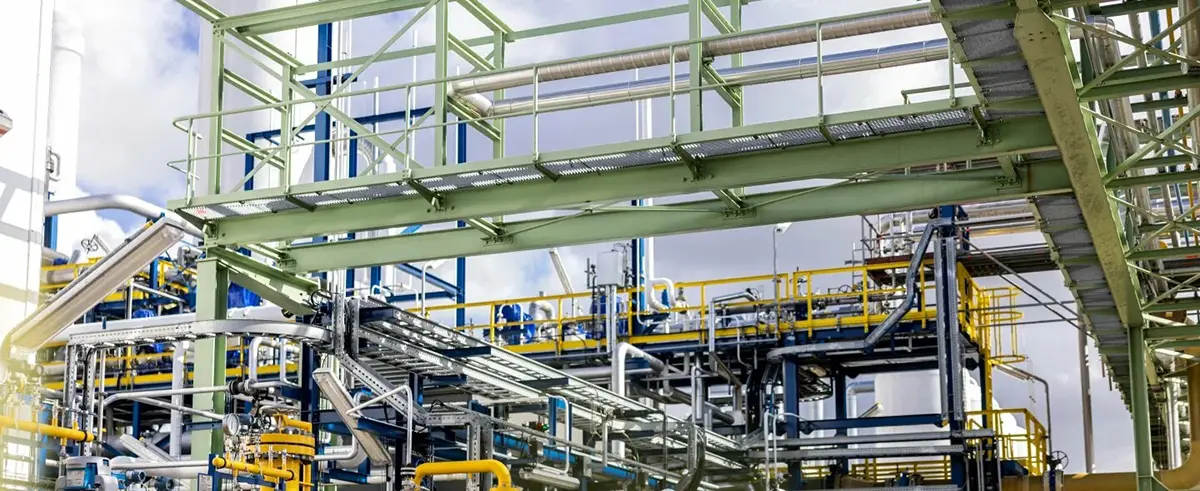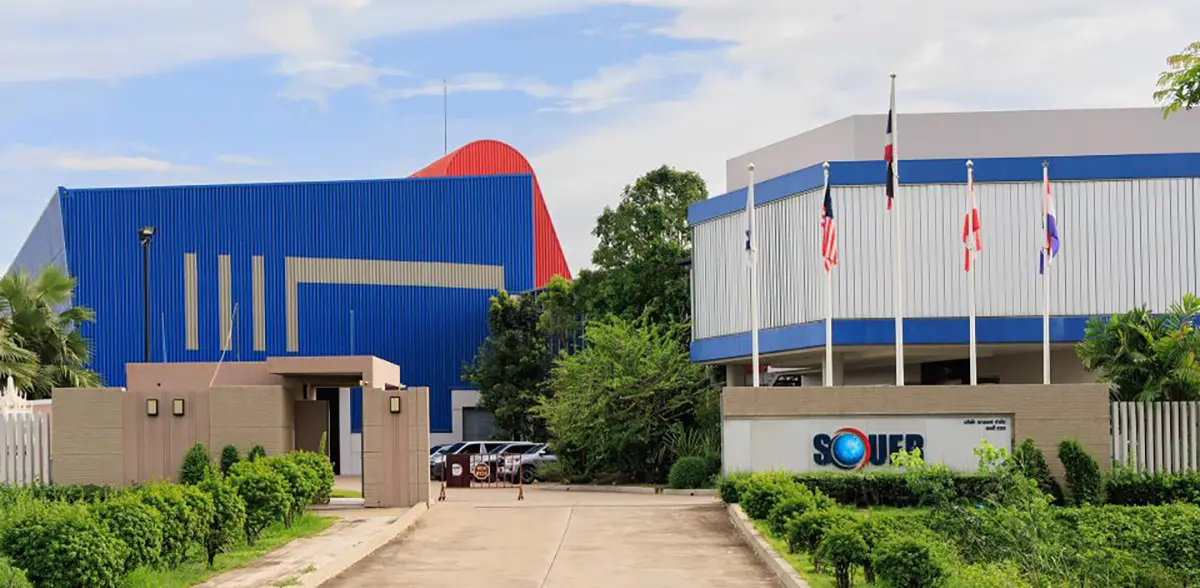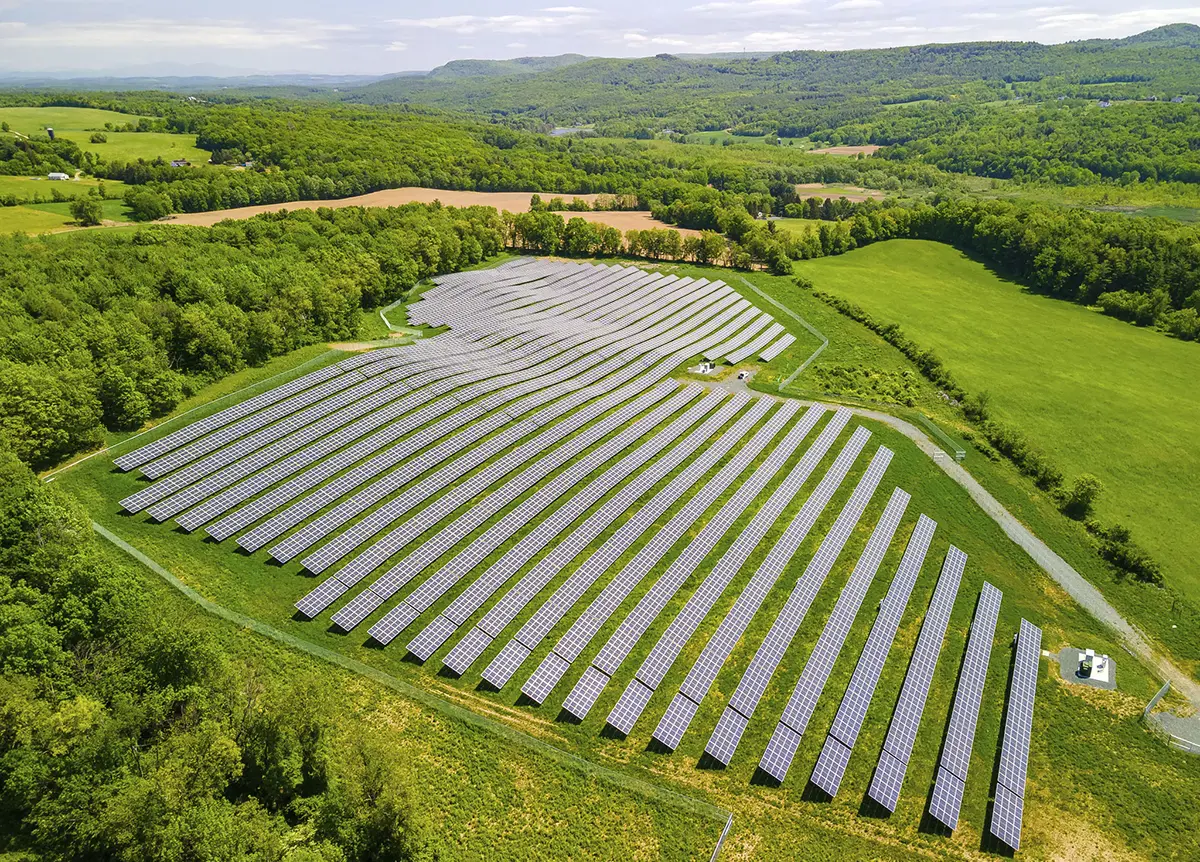
DOE Announces 60% Reduction In Solar Costs By 2030
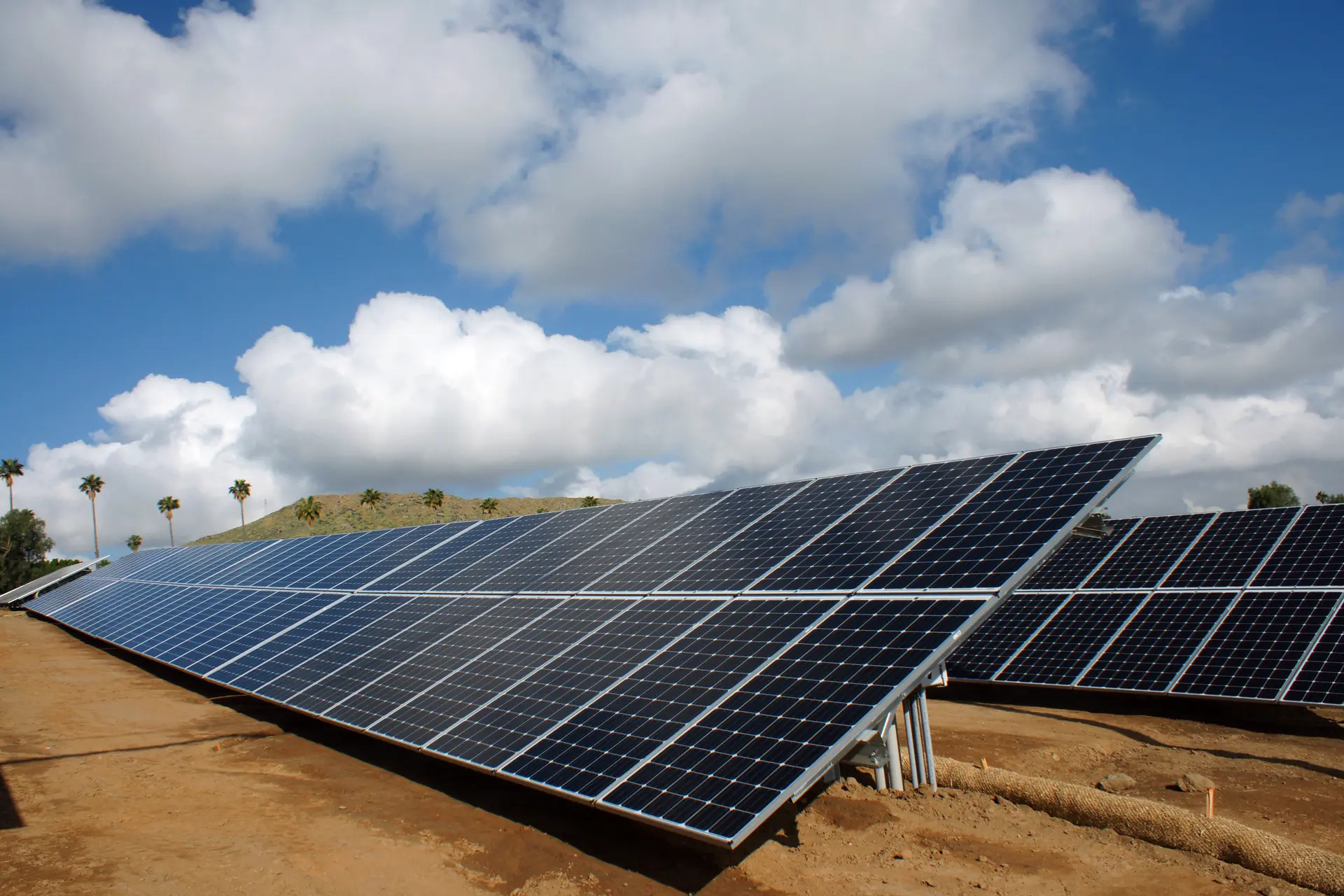
The US Department of Energy (DOE) announced a new target to cut the cost of solar energy by 60% within the next 10 years, in addition to nearly US$128 million in funding to lower costs, improve performance, and speed the deployment of solar energy technologies. These investments support the Biden-Harris Administration’s climate goals and will pave the way for affordable decarbonization of the energy system and a robust clean energy economy.
“In many parts of the country, solar is already cheaper than coal and other fossil fuels, and with more innovation we can cut the cost again by more than half within the decade,” said Jennifer M. Granholm, secretary of energy at the US DOE. “This first burst of funding will help us add even more affordable clean energy to the grid, jobs to communities across the country, and will put us on the fast track toward President Biden’s goal of 100% clean electricity by 2035.”
The DOE recognizes that lowering the cost of solar energy is essential to accelerating deployment and achieving President Biden’s goal of a 100% clean electricity grid by 2035. To reach that goal in the next 15 years, hundreds of gigawatts (GW) of solar energy need to be installed. This requirement would mean increasing the pace of installations by five-fold, which is one reason why the DOE is stepping in with funding. The DOE is also accelerating its utility-scale solar 2030 target by five years — setting a new goal of driving down the current cost of 4.6 cents per kilowatt-hour (kWh) to 3 cents/kWh by 2025 and 2 cents/kWh by 2030.
PV Project Funding
Traditional solar panels convert sunlight into electrical energy using photovoltaic (PV) solar technologies. The DOE estimates that PV technologies could represent between 30% and 50% of electricity supply in a decarbonized electricity sector by 2035. Funding will support advancing two materials used to make solar cells: perovskites and cadmium telluride (CdTe) thin films.
US$40 Million For Perovskite Research & Development (R&D)
Perovskites are a family of emerging solar materials that have the potential to make highly efficient thin-film solar cells with very low production costs. DOE is awarding US$40 million to 22 projects that will advance perovskite PV device and manufacturing R&D — as well as performance through the formation of a new US$14 million testing center to provide neutral, independent validation of the performance of new perovskite devices.
US$3 Million Perovskite Startup Prize
A prize competition will award seed capital to new companies in an effort to commercialize perovskite technologies.
US$20 Million For CdTe Thin Films
The National Renewable Energy Laboratory will set up a consortium to advance cheaper CdTe thin-film solar technologies, which were developed in the United States and make up 20% of the modules installed in this country. This consortium will advance low-cost manufacturing techniques and domestic research capabilities to increase opportunities for US workers and entrepreneurs to capture a larger portion of the US$60 billion global solar manufacturing sector.
In addition, DOE announced US$7 million as part of a new funding opportunity for projects to increase the lifetime of silicon-based PV systems from about 30 years to 50 years to lower the cost of energy and reduce waste. The aim is to improve PV system components, such as inverters, connectors, cables, racks, and trackers.
Concentrating Solar-Thermal Power Project Funding
The DOE’s announcement also supports several concentrating solar-thermal power (CSP) projects. Unlike PV technologies that directly convert sunlight into electricity, CSP captures heat from sunlight and uses that thermal energy to spin a turbine or power an engine that then generates electricity.
US$33 Million For CSP Advances
The funding for CSP advances will go toward improving the reliability and performance of CSP plants, which can dispatch solar energy whenever it is needed; identifying new solar applications for industrial processes, which contribute to 20% of US carbon dioxide emissions; and advancing long-duration thermal-energy storage devices. According to the DOE, long-duration energy storage is critical to decarbonizing the electricity sector and couples well with CSP plants, but the cost must fall by a factor of two to unlock deployment.
US$25 Million To Demonstrate A Next-Generation CSP Power Plant
Sandia National Laboratories will receive funding to build a facility where researchers, developers, and manufacturers can test next-generation CSP components and systems and advance toward DOE’s 2030 cost target of 5 cents/kWh for CSP plants.
Consistent with DOE’s commitment to ensuring the benefits of federal funding reach diverse communities, applicants to the Perovskite Startup Prize and the PV/CSP funding opportunity must submit a Diversity and Inclusion Plan and propose measurable actions to increase the participation of underrepresented groups on their teams, in their research, and in the broader community.

